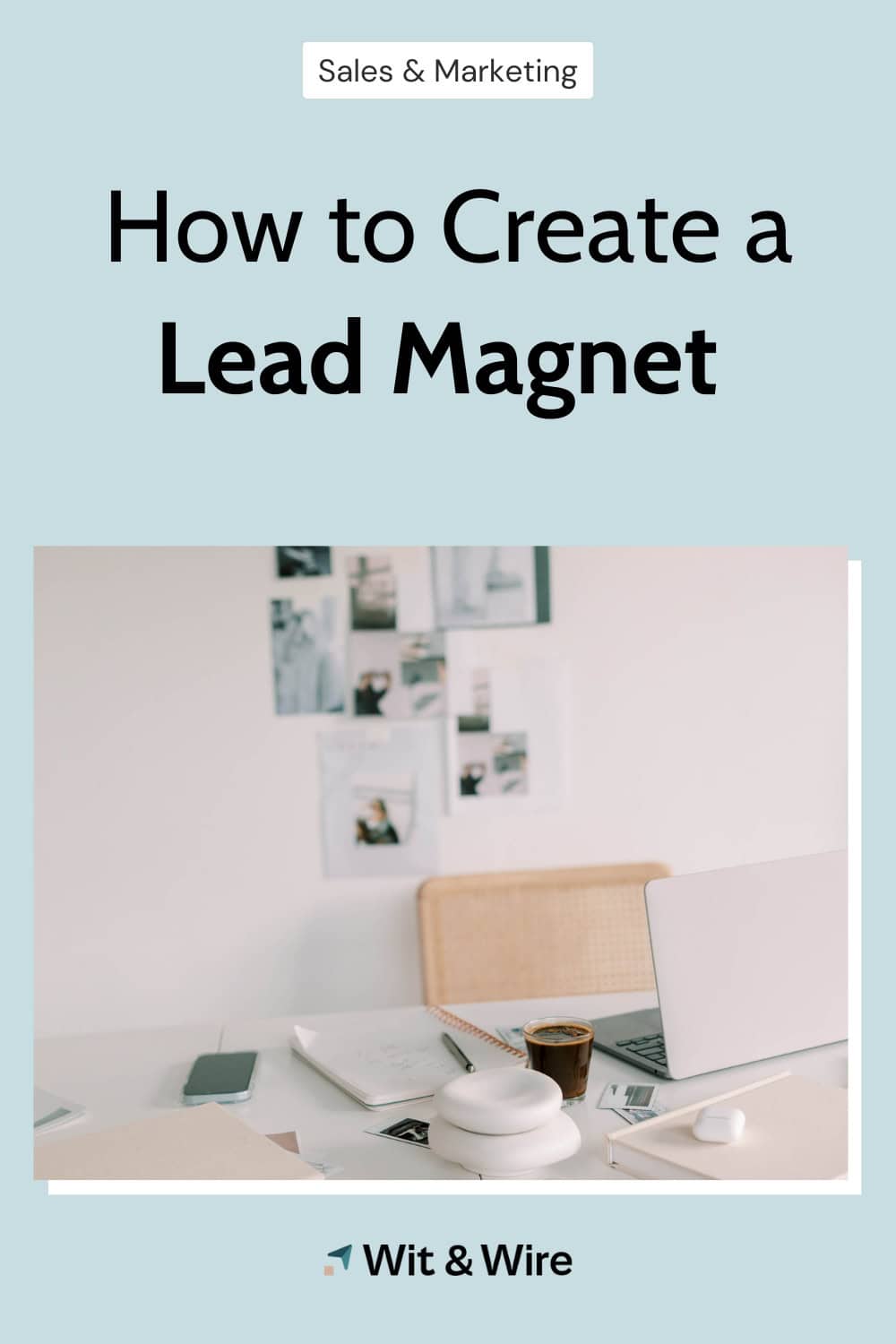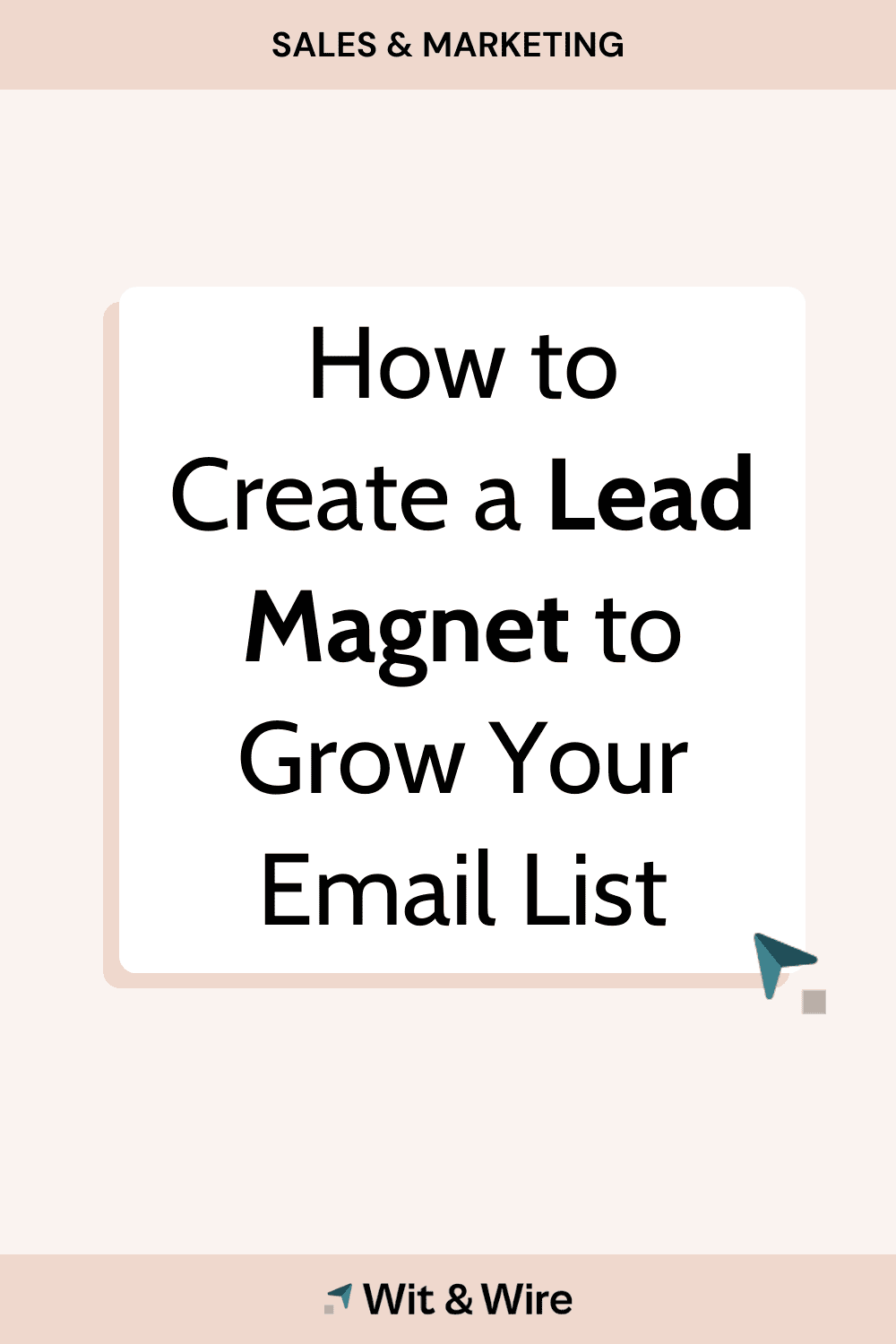Creating a lead magnet is one of the most effective ways to grow your email list and attract your ideal clients. A lead magnet is a free resource given in exchange for someone’s email address, offering immediate value to your new subscriber.
In this guide, we’ll walk you through the essentials of how to create a lead magnet that’s easy to produce and delivers instant value to your audience.
What is a lead magnet?
A lead magnet is a free, valuable resource offered to potential customers in exchange for their email addresses. This could be a PDF, document, email series, mini-training, or even a quiz.
The key is to make it bite-sized, easy to create, and quick for your new subscriber to get value. By offering something of value for free, you incentivize people to provide their email addresses, allowing you to build a list of potential students who are interested in your courses.
The concept behind a lead magnet is simple: provide a quick win for your audience.
By addressing a specific pain point or need, you position yourself as a helpful resource and start building trust right from the beginning. This initial interaction sets the tone for your future communications and can significantly increase the likelihood of conversion down the line.
Choosing the right format
The format of your lead magnet should align with what’s easiest for you to create and what your audience will find most valuable. Here are some popular formats:
PDF guide or checklist: A simple, downloadable document that provides tips, checklists, or a high-level process overview.
- These are great for providing actionable advice and can be easily shared.
- They’re also quick to create using tools like Canva or Google Docs.
Email series: A sequence of emails that deliver value over a few days or weeks.
- This format allows you to nurture your leads over time, gradually building trust and providing more in-depth information.
- Email series are particularly effective for more complex topics that require a bit more explanation.
Mini training: A short video or webinar that teaches a specific skill or concept.
- Video content is highly engaging and can help you establish yourself as an expert in your field.
- Platforms like Zoom or Loom can be used to create these mini-trainings without advanced video production skills.
Lead quiz: An interactive quiz that provides personalized results or recommendations.
- Quizzes can be a fun and engaging way to attract leads and provide them with valuable insights. They also have the added benefit of being highly shareable, potentially expanding your reach even further.
- Admittedly, quizzes take more work to create than other formats like a simple PDF. So you’ll have to weigh your options to see if the time investment makes sense for you.
- If you’re interested in creating a lead quiz, I recommend Interact or Involve.me.
Choosing a relevant lead magnet topic
Your lead magnet must be relevant to your ideal buyer. It should answer a frequently asked question, solve a quick problem, or offer a high-level overview of a process. This relevance ensures that the people who opt-in are genuinely interested in what you offer.
For example, if you’re a social media manager, a guide on “30 IG story prompts” could be highly relevant and valuable to your audience. Relevance not only attracts the right people but also sets the stage for a stronger relationship, as your lead magnet will directly address their needs and interests.
Think about the common questions or challenges your ideal clients face. Your lead magnet should provide a straightforward solution or insight into these issues.
By doing so, you not only attract potential clients but also position yourself as an authority in your field. This approach builds trust and encourages your audience to turn to you for more comprehensive solutions, like your paid courses or digital products.
Tools needed to create a lead magnet
To create a lead magnet, you’ll need a few essential tools:
- Creation Tools: Use Canva or Google Docs to design and create your lead magnet. Both platforms offer templates and design tools that make the process simple and quick. Canva is particularly user-friendly and offers a wide range of templates that can be customized to suit your brand. Google Docs, on the other hand, is great for creating text-based lead magnets like guides and checklists.
- Email Marketing Platform: To deliver your lead magnet, you’ll need an email marketing platform. Platforms like Kit or Mailerlite are two excellent choices. They allow you to build your email list, automate emails, and track performance. These platforms also offer features like segmentation and automation, which can help you tailor your emails to different segments of your audience.
For a comprehensive comparison on email marketing platforms, check out the Email Marketing Toolkit. This toolkit provides an in-depth look at various platforms, helping you choose the best one for your needs.
Setting up your lead magnet tech
Here’s a quick rundown of the tech setup you’ll need:
- Opt-In Page: Create a landing page where visitors can sign up for your lead magnet. This page should clearly explain the value of your lead magnet and encourage visitors to enter their email addresses. Use compelling headlines, clear calls to action, and brief descriptions of what subscribers can expect to gain. Here’s an example opt-in page for one of my lead magnets.
- Confirmation Page: A thank-you page that confirms their subscription and explains the next steps. This page reassures your new subscribers that their sign-up was successful and tells them what to expect next. It’s also a good place to include a secondary call to action, such as following you on social media or checking out your blog.
- Delivery Email: An automated email that delivers the lead magnet to your new subscriber’s inbox. This email should be sent immediately after they subscribe and should include a direct link to download the lead magnet or access the content. Make sure the email is clear and concise, and reiterate the value they’ll get from the lead magnet.
Opt-In Page: Create a landing page where visitors can sign up for your lead magnet. This page should clearly explain the value of your lead magnet and encourage visitors to enter their email addresses. Use compelling headlines, clear calls to action, and brief descriptions of what subscribers can expect to gain. Here’s an example opt-in page for one of my lead magnets.
Confirmation Page: A thank-you page that confirms their subscription and explains the next steps. This page reassures your new subscribers that their sign-up was successful and tells them what to expect next. It’s also a good place to include a secondary call to action, such as following you on social media or checking out your blog.
Delivery Email: An automated email that delivers the lead magnet to your new subscriber’s inbox. This email should be sent immediately after they subscribe and should include a direct link to download the lead magnet or access the content. Make sure the email is clear and concise, and reiterate the value they’ll get from the lead magnet.



Melissa Guller is the founder of Wit & Wire, where we help everyday experts become profitable course creators. She previously worked full-time for Ramit Sethi, Teachable, and General Assembly. Today, she shares simplified tech tutorials and modern marketing strategies through our blog, YouTube, and Wit & Wire Weekly newsletter
